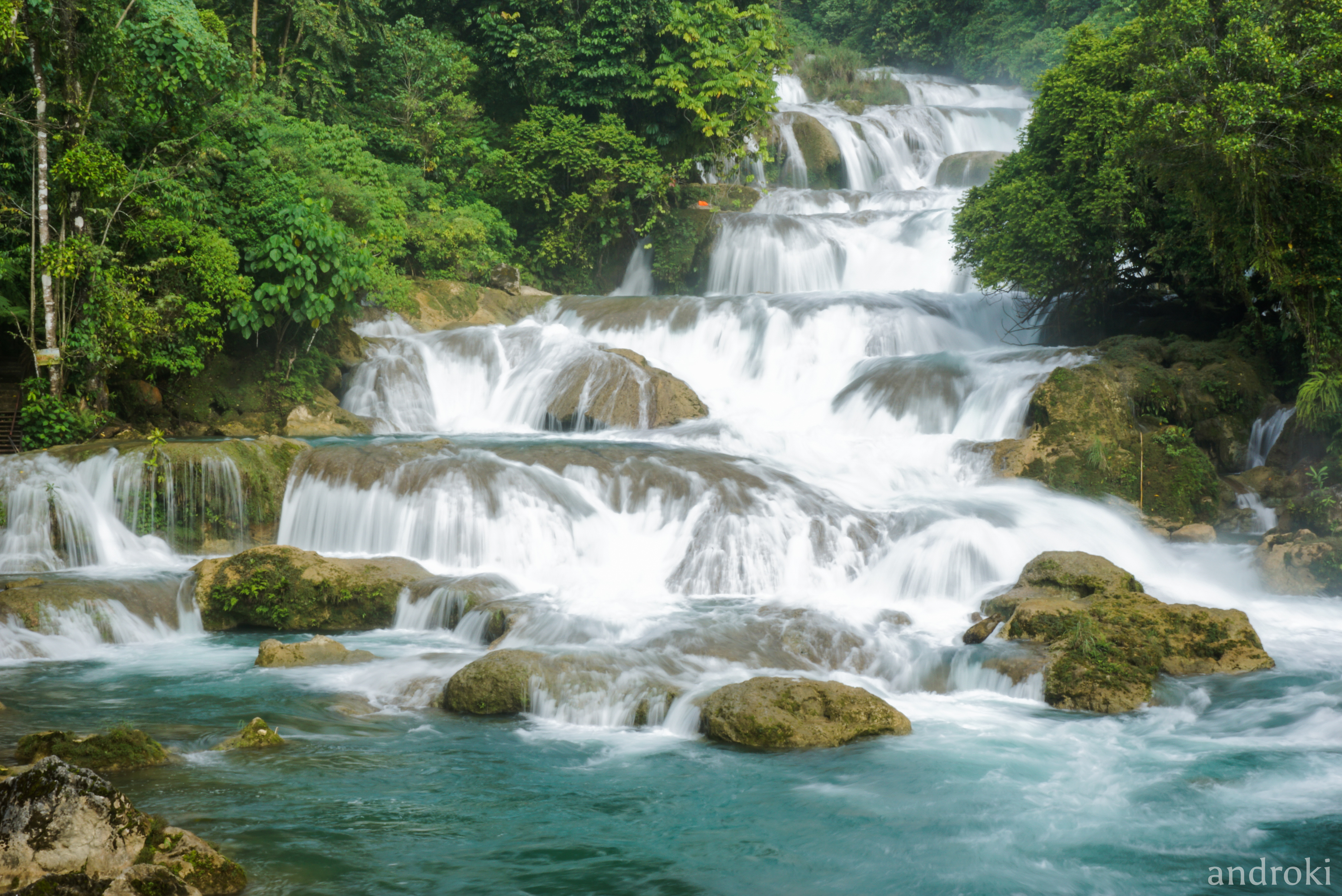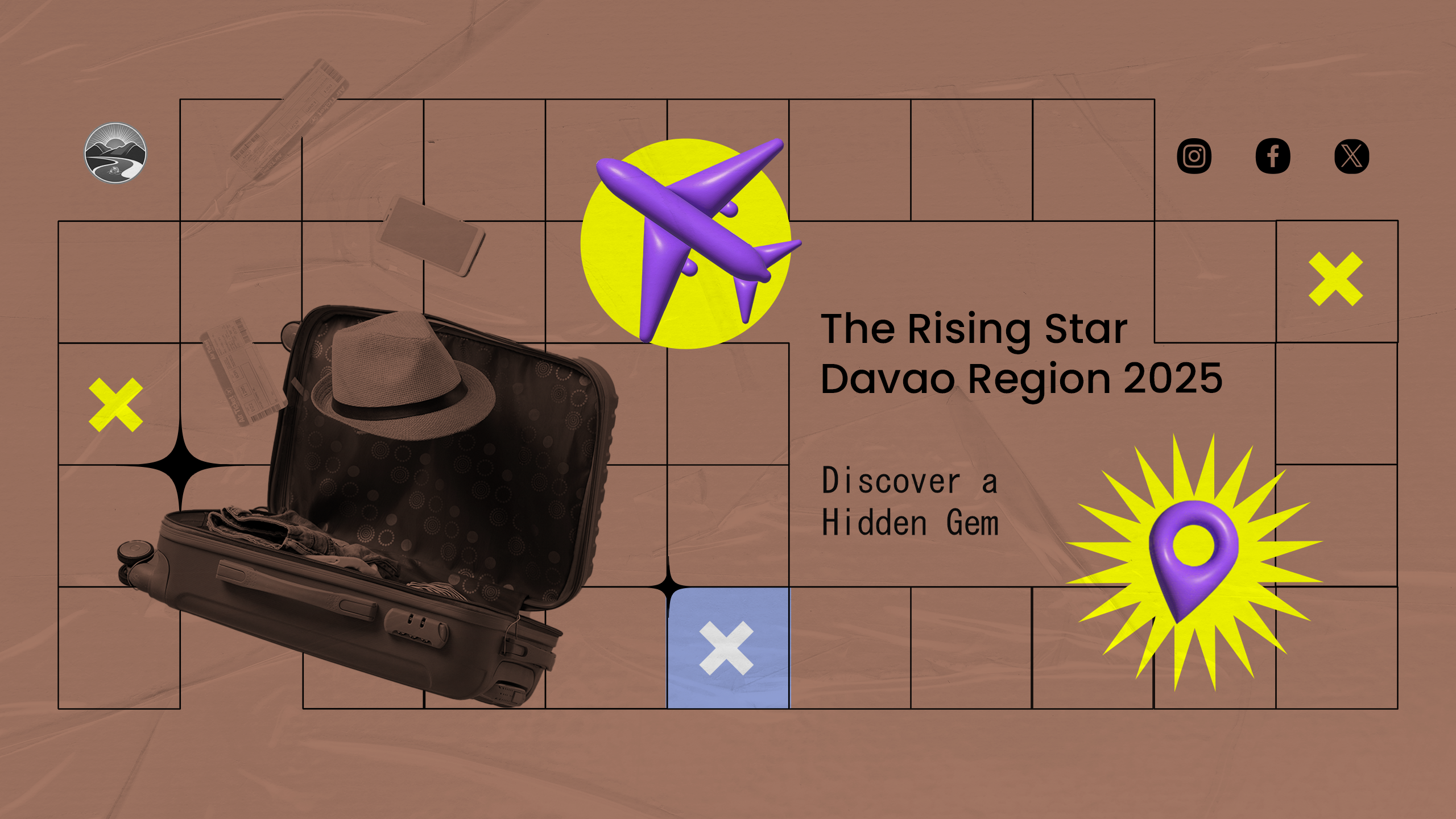When people hear the word Davao, their minds often gravitate toward the bustling streets of Davao City or the well-known cultural and agricultural hubs of the Davao Region. But nestled in the eastern part of Mindanao is a hidden jewel that’s starting to shine brighter in the eyes of travelers, investors, and locals alike — Davao de Oro.
Formerly known as Compostela Valley, Davao de Oro is a province that blends natural beauty, cultural heritage, economic potential, and warm community spirit. In this post, we’ll take a deep dive into what makes Davao de Oro one of the most promising destinations in the Davao Region — and why it deserves your attention now more than ever.
A Brief History of Davao de Oro
Davao de Oro was once part of Davao del Norte, and it was only in 1998 when it became a separate province under the name Compostela Valley. In December 2019, following a successful plebiscite, the name was officially changed to Davao de Oro, signifying both its golden mineral resources and its promising future.
This rebranding isn’t just symbolic — it represents the province’s renewed vision to uplift its local economy, develop sustainable tourism, and create new opportunities for its people.
The Geography and Demographics
Davao de Oro is located in the southeastern part of Mindanao and is bordered by Davao Oriental to the east, Davao del Norte to the west, and Agusan del Sur to the north. It is composed of 11 municipalities and 1 component city, Mati being the nearest coastal city, although not part of the province.
Its provincial capital, Nabunturan, serves as the central hub for governance, commerce, and transportation.
With a population of over 700,000, Davao de Oro is a mix of indigenous peoples (IPs), settlers from various parts of the country, and young professionals returning from Davao City and abroad to invest in their hometown.
Nature at Its Finest
Davao de Oro is a sanctuary for eco-tourists and adventure lovers. The province is gifted with waterfalls, hot springs, forest trails, and mountain ranges. These attractions remain largely untouched, making them perfect for travelers who seek authentic and serene experiences.
1. Mt. Candalaga (Maragusan)
This is one of the most iconic hiking spots in the region. The mountain is known for its misty peaks, exotic Rafflesia flowers, and panoramic views that reward every trekker. It’s a favorite among climbers from Davao and nearby regions.
2. Tagbibinta Falls (Maragusan)
Cascading in seven levels, Tagbibinta Falls is a breathtaking natural wonder surrounded by a rich forest. It’s ideal for picnics, swimming, and relaxation.
3. Mainit Sulfuric Hot Spring (Maco)
After a long day of travel, these natural hot springs offer soothing comfort. It’s believed to have healing benefits due to its high sulfur content — perfect for wellness tourism.
4. Aliwagwag Falls Park (Accessible via Davao Oriental)

Though technically outside the province, it’s just a few hours’ drive from Davao de Oro’s boundaries. Travelers often include this majestic falls in their Davao Region loop trips.
Culture and Heritage
The cultural identity of Davao de Oro is shaped by its indigenous roots. Tribes such as the Mansaka, Mandaya, and Manobo continue to play important roles in preserving traditions, language, and crafts.
Visitors can witness cultural dances, handwoven textiles, and traditional practices during local festivals, especially during:
-
Bulawan Festival – A province-wide celebration of abundance, culture, and unity, held every March.
-
Kaimunan Festival – A thanksgiving festival celebrated by various IP groups.
-
Karawasan Festival – A lively event showcasing ethnic dances, usually held in the town of San Francisco.
These events not only highlight the diversity of the province but also attract both domestic and foreign tourists who want to understand Mindanao’s rich heritage.
Economy and Livelihood
1. Agriculture
Davao de Oro is primarily agricultural. It produces:
-
Bananas (both export and local varieties)
-
Coconut
-
Corn
-
Rice
-
Cacao
-
Coffee
The fertile land and favorable climate make the province a major supplier of food crops to various parts of the Davao Region.
2. Mining
True to its name, Davao de Oro sits on gold-rich soil. The municipalities of Pantukan and Monkayo have long been mining towns. While mining remains controversial due to environmental concerns, the local government is working on policies to regulate and promote responsible mining practices.
3. Small and Medium Enterprises (SMEs)
From food processing to handicrafts and native products, local entrepreneurs are growing their businesses with help from LGUs and DTI-Davao. Platforms such as DavaoDeOro.com help promote these enterprises online.
Connecting Davao de Oro and Davao City
Davao de Oro and Davao City are more connected than ever — both geographically and economically. Thanks to major infrastructure projects like the Mindanao Road Network Improvement Project, traveling from Davao City to key towns like Compostela, Nabunturan, or Maco now takes less than two hours.
This connection strengthens trade, tourism, and education. Many students from Davao de Oro pursue higher education in Davao City, while Davao-based companies are expanding their services into the province.
Digital connectivity is also improving. More areas are now covered by fiber internet and mobile networks, which supports remote work, online selling, and digital education.
Tourism Potential and Future Growth
The provincial government is actively promoting Davao de Oro as a sustainable tourism destination. The focus is on:
-
Eco-tourism – Promoting outdoor activities like hiking, river trekking, and wildlife observation.
-
Agri-tourism – Encouraging farm visits, farm stays, and experience-based tourism.
-
Cultural tourism – Highlighting IP heritage and traditional festivals.
There are growing investment opportunities in the areas of hospitality, wellness, transportation, and food production. LGUs are offering incentives and faster processing for tourism-related businesses.
Why Visit Davao de Oro?
Still wondering if it’s worth the trip? Here are some reasons why Davao de Oro should be your next destination:
✅ Authentic Experiences
No overcrowded tourist traps — just genuine encounters with nature and people.
✅ Underrated Beauty
From rice terraces in New Bataan to mountain resorts in Maragusan, beauty lies everywhere — without the hype.
✅ Local Hospitality
Dabawenyos from the highlands are warm, humble, and always ready to share their stories.
✅ Strategic Location
Easily accessible from Davao City, Davao del Norte, and even Caraga Region.
✅ Growing Opportunities
Perfect for those seeking investment, retirement, or a peaceful lifestyle change.
How to Get to Davao de Oro
From Davao City:
-
By Bus: Buses from Ecoland Terminal travel to towns like Nabunturan, Montevista, and Monkayo daily.
-
By Van: Air-conditioned vans offer faster service and more direct routes.
-
By Private Car: Drive via Maharlika Highway and enjoy scenic views along the way.
From Tagum City (Davao del Norte):
-
Tagum serves as a hub between Davao City and Davao de Oro. Travel time from Tagum to Nabunturan is roughly 1 hour.
Final Thoughts
Davao de Oro may not yet be as popular as Davao City, but that’s exactly what makes it so special. It’s a province full of potential, homegrown pride, and natural wonders waiting to be explored. As more travelers, investors, and digital natives discover its charm, Davao de Oro is poised to be the next big thing in the Davao Region.
So whether you’re from Davao or just visiting Mindanao, take the road less traveled and immerse yourself in the gold mine of culture, beauty, and opportunity that is Davao de Oro.
Follow us at DavaoDeOro.com for local updates, tourism guides, and business features across the province.
Explore the heart of Davao — where gold lives in the land, and the people shine even brighter.

I just could not leave your web site before suggesting that I really enjoyed the standard information a person supply to your visitors Is gonna be again steadily in order to check up on new posts
Its like you read my mind You appear to know so much about this like you wrote the book in it or something I think that you can do with a few pics to drive the message home a little bit but instead of that this is excellent blog A fantastic read Ill certainly be back
mji85g